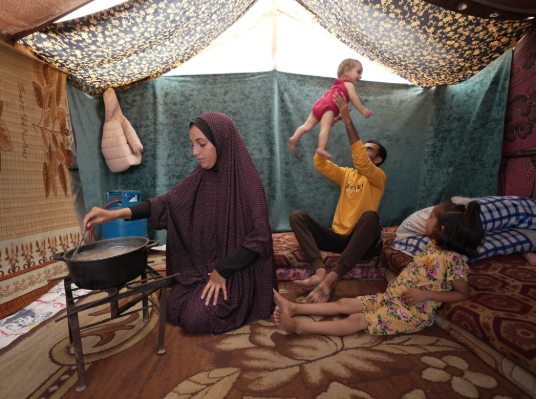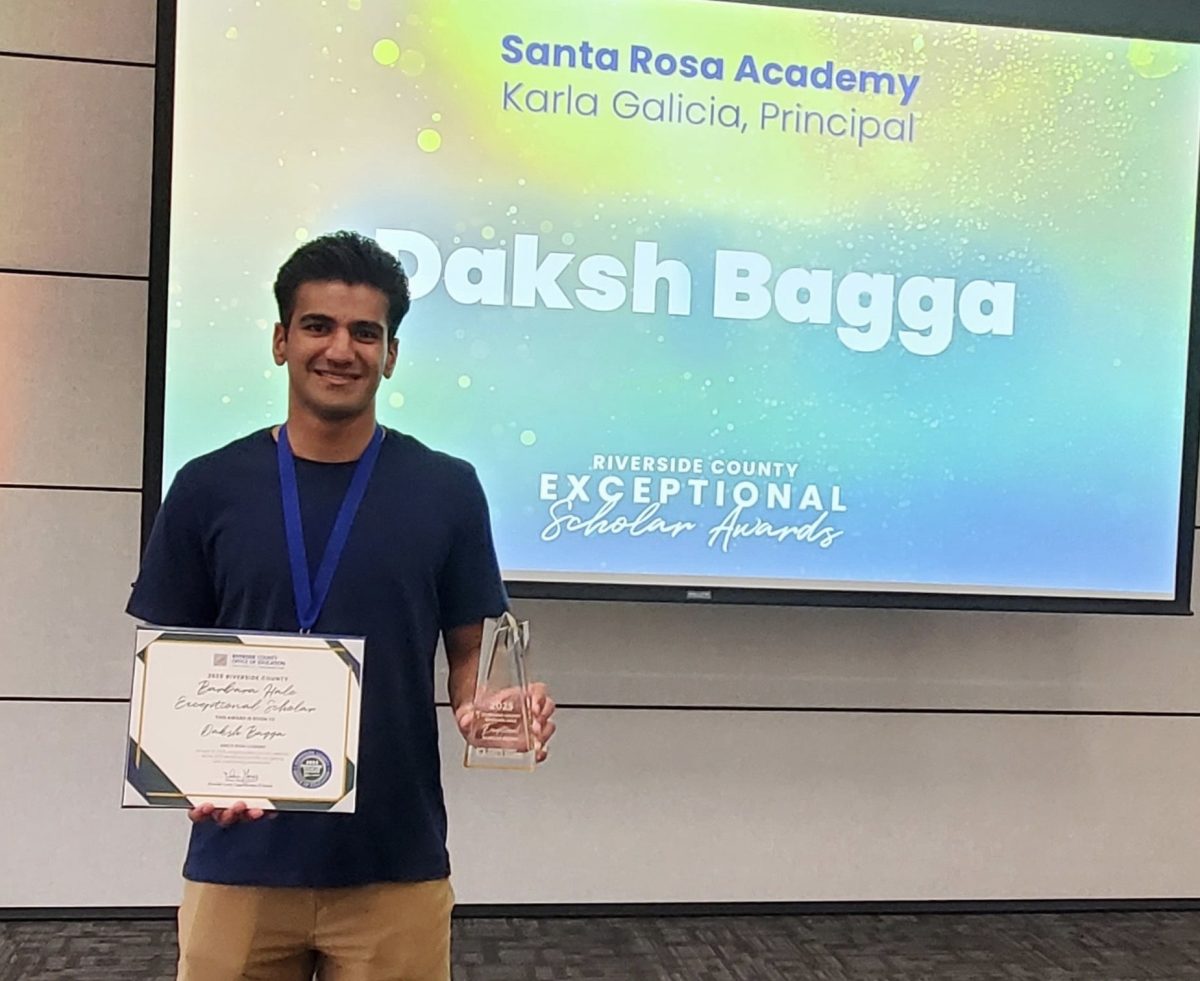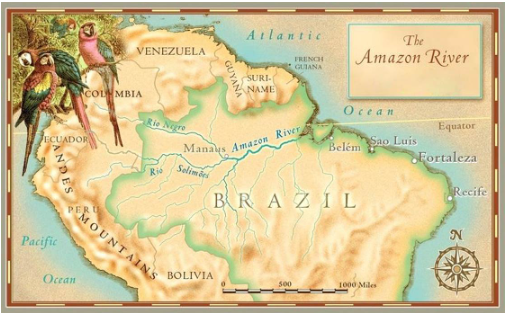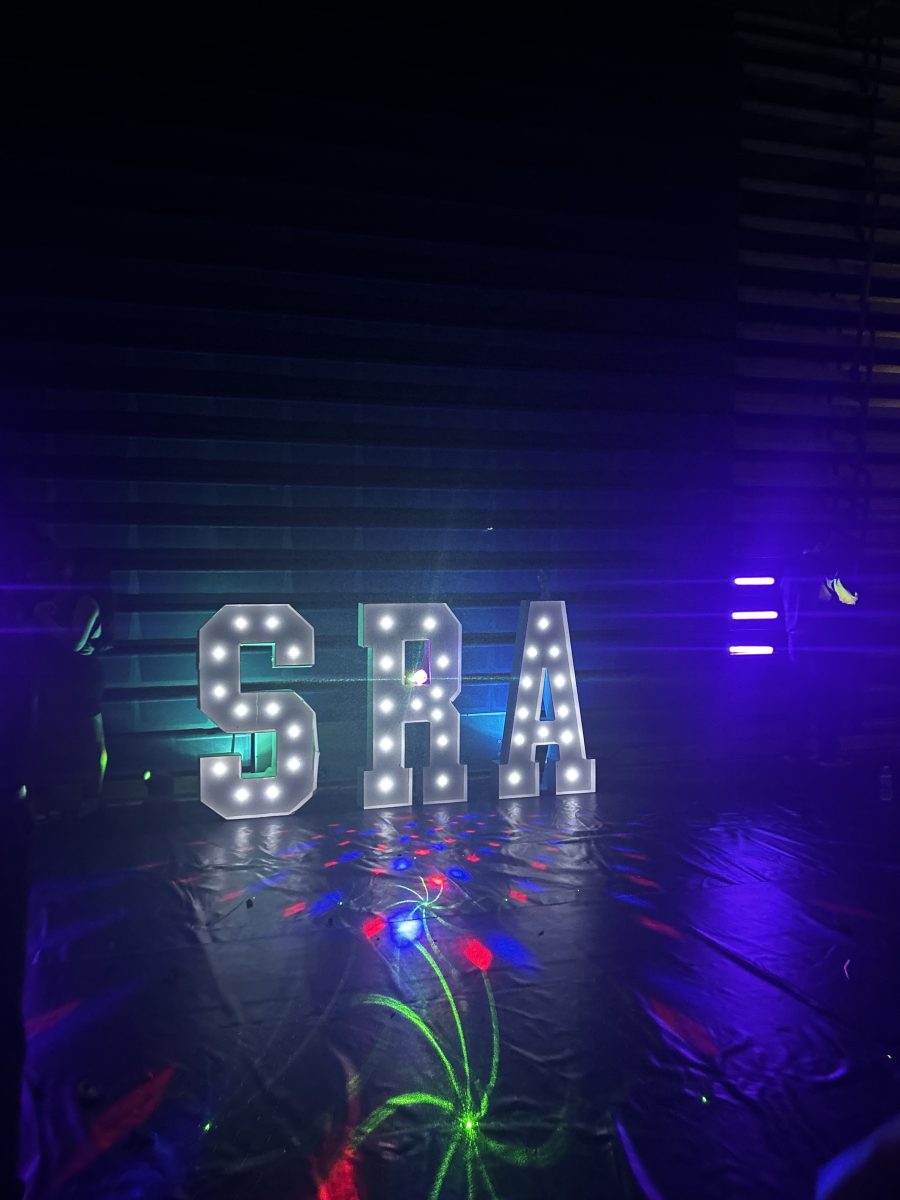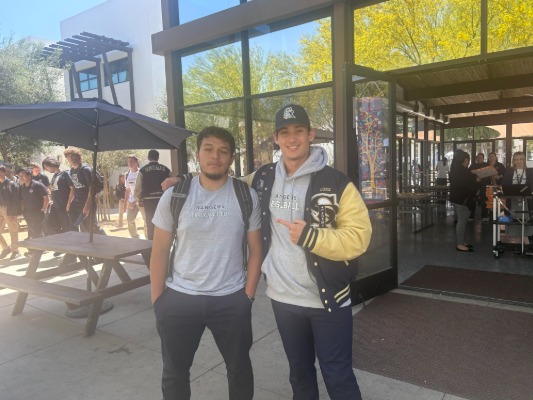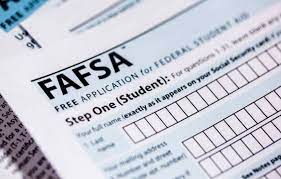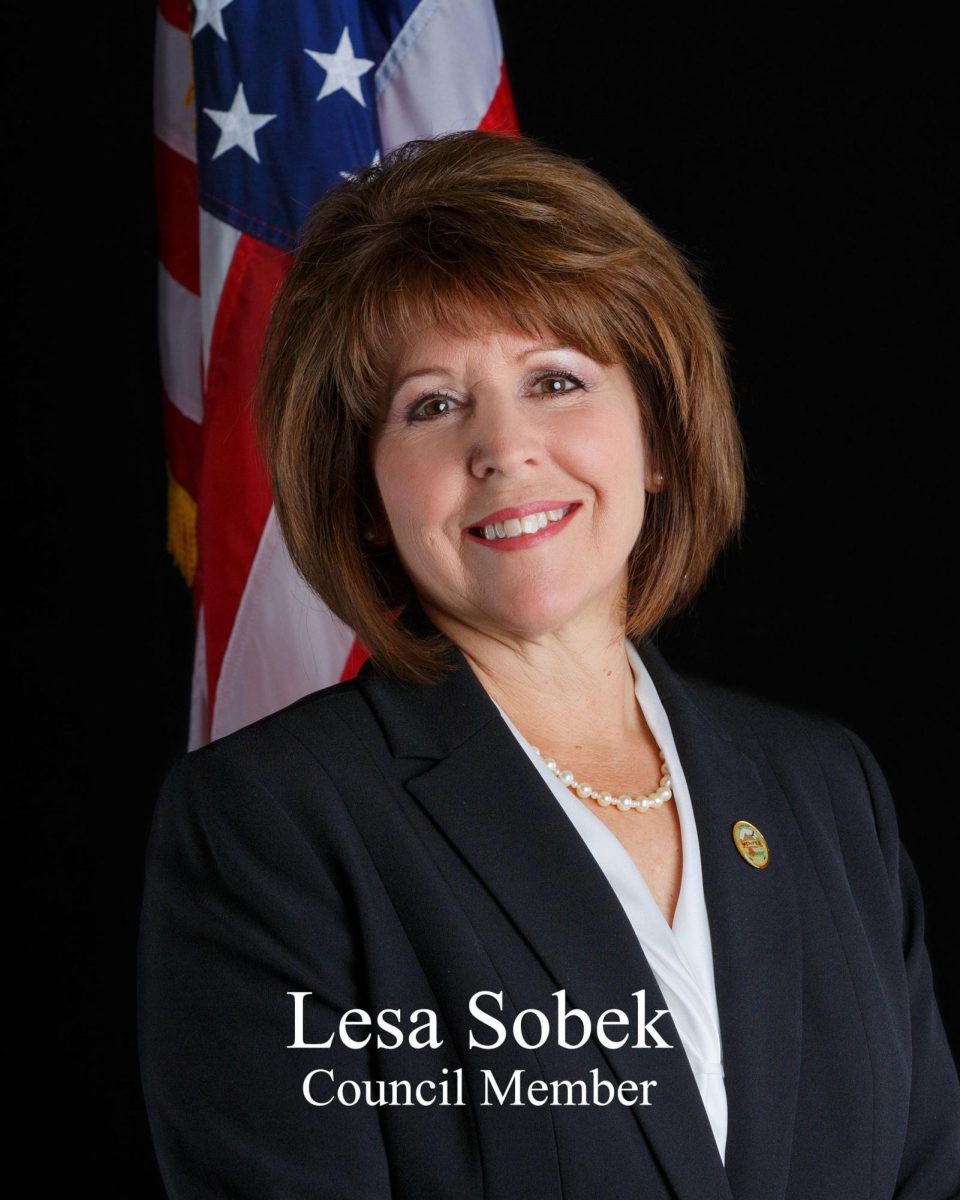Many people hear “FAFSA” and immediately correlate those five letters with free money for college. However, the Free Application for Federal Student Aid (FAFSA) is not free money and is, in fact, a loan application for most applicants.
With a lack of information about what FAFSA is, many may first assume that this process will assure them free money to attend college. While this is true for some, the FAFSA is the free application that the government provides seniors and ongoing college students for the following school year to assess their financial needs. In no way does the application guarantee free money unless otherwise outlined in the applicant’s financial aid package in the form of a grant.
Many students across the country are frustrated with the pushback of this year’s application from October 1, 2023 to the end of December of that same year. Due to lack of information about the application and students being left unaware of what their financial aide packages would look like for the following year, many were angered about the process of this year’s new California requirement for high school students.
“I think FAFSA is a waste of time and that it should have been more timely. All of the kinks with the website and application should have been worked out before students were trying to complete the application. . . It’s quite frankly disheartening that they keep pushing back the time we will find out information about our financial aid” said Santa Rosa Academy Senior, Gracie Raxter.
In 2021, Governor Gavin Newsom passed Assembly Bill 469 requiring all high school seniors to finish the application process or fill out a form to opt out of the FAFSA application. This made California the sixth out of twelve states to require the FAFSA application to be completed by all high school seniors.
SRA high school teacher, Daniel Gonzalez shared “Colleges want you to pay whether it’s your money or the government’s.”
In a survey of the SRA seniors, 19 participants out of 130 total SRA seniors, expressed that they were confused about FAFSA and what it was.



Once a student’s FAFSA is published, students will receive a Student Aid Report (SAR) that contains all of the information submitted to the FAFSA. The SAR outlines a student’s eligibility for student loans and grants. The report is not a financial aid offer but rather a detailed outline of what the student could potentially qualify for based on the submitted finances and financial need/expected family contribution (the Student Aid Index: SAI).
Once the SAR is released, students must verify the information on the report. The SAR will include a Student Aid Index number (SAI). In addition, the schools listed on the report will receive the SAR and begin processing the detailed aid package that will be presented to the student for the upcoming school year.
The financial aid packages from the colleges listed on the report will include a variety of different aid opportunities. These can include grants (including the Pell Grant for low income students, the Supplemental Income Grant for those that are in dire need of financial aid), work-study (federal money that is awarded in the form of a job), and student loans (subsidized and unsubsidized, federal or private) based on the available funding at each individual school and the SAI of each individual student. Due to this year’s delays, students can expect to receive their packages around mid-April or later.
It is important to note that the FAFSA is not a one-time process for students. Rather, it is a yearly requirement for any school year that requires financial aid. With FAFSA still pushing back due dates, the entirety of the application process and distribution remains unprofessional.

